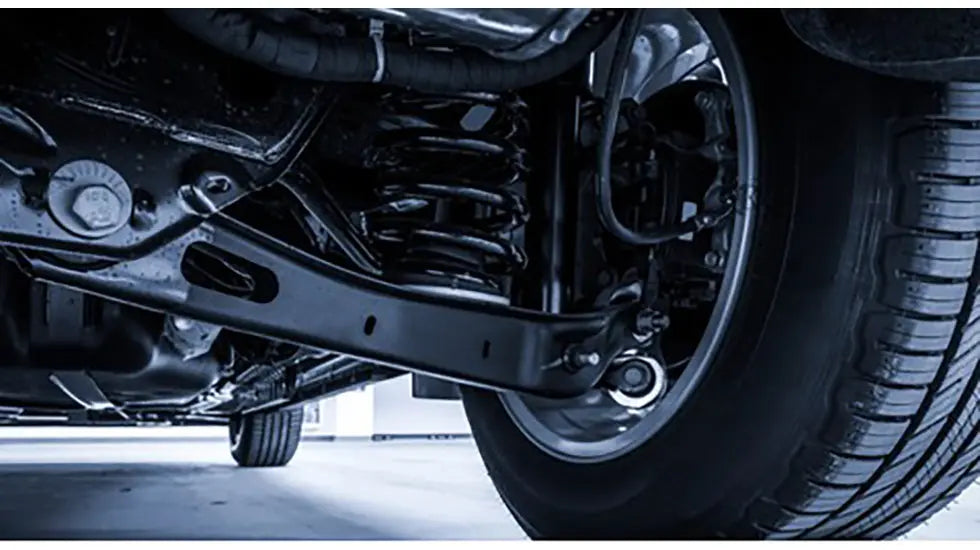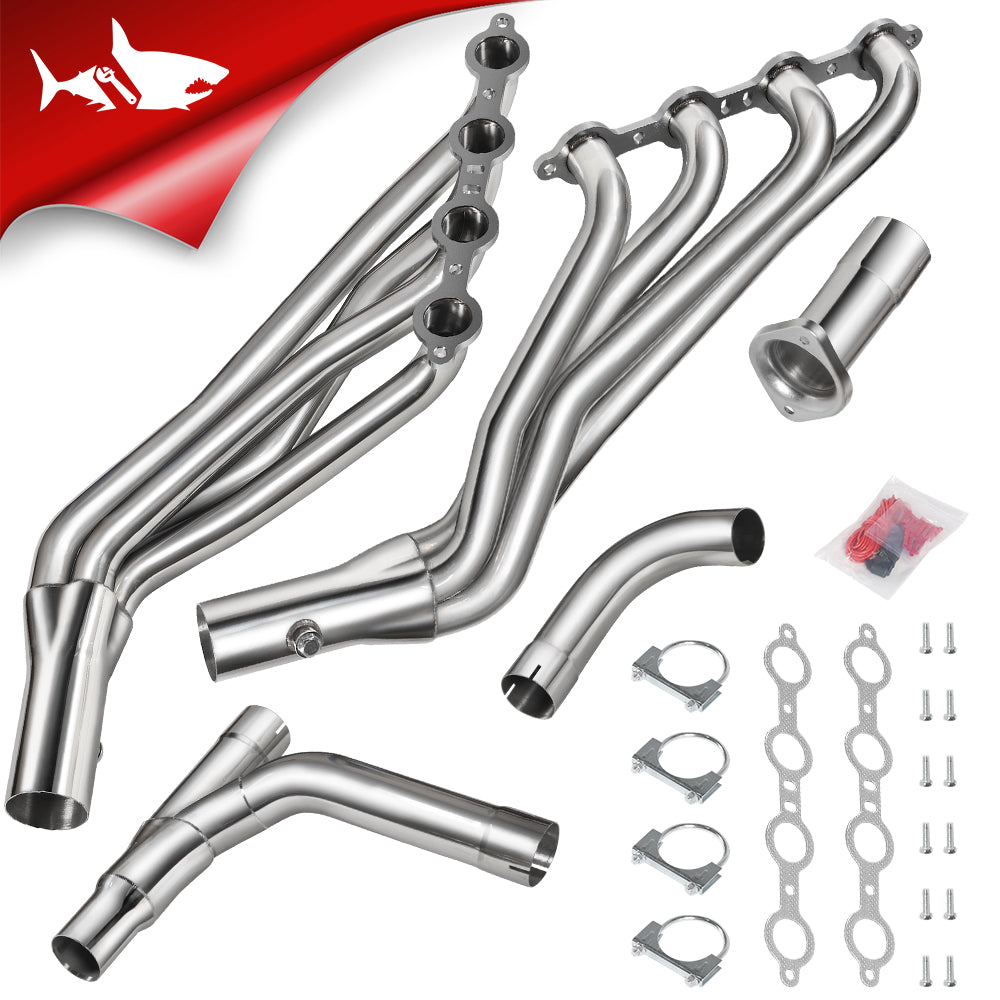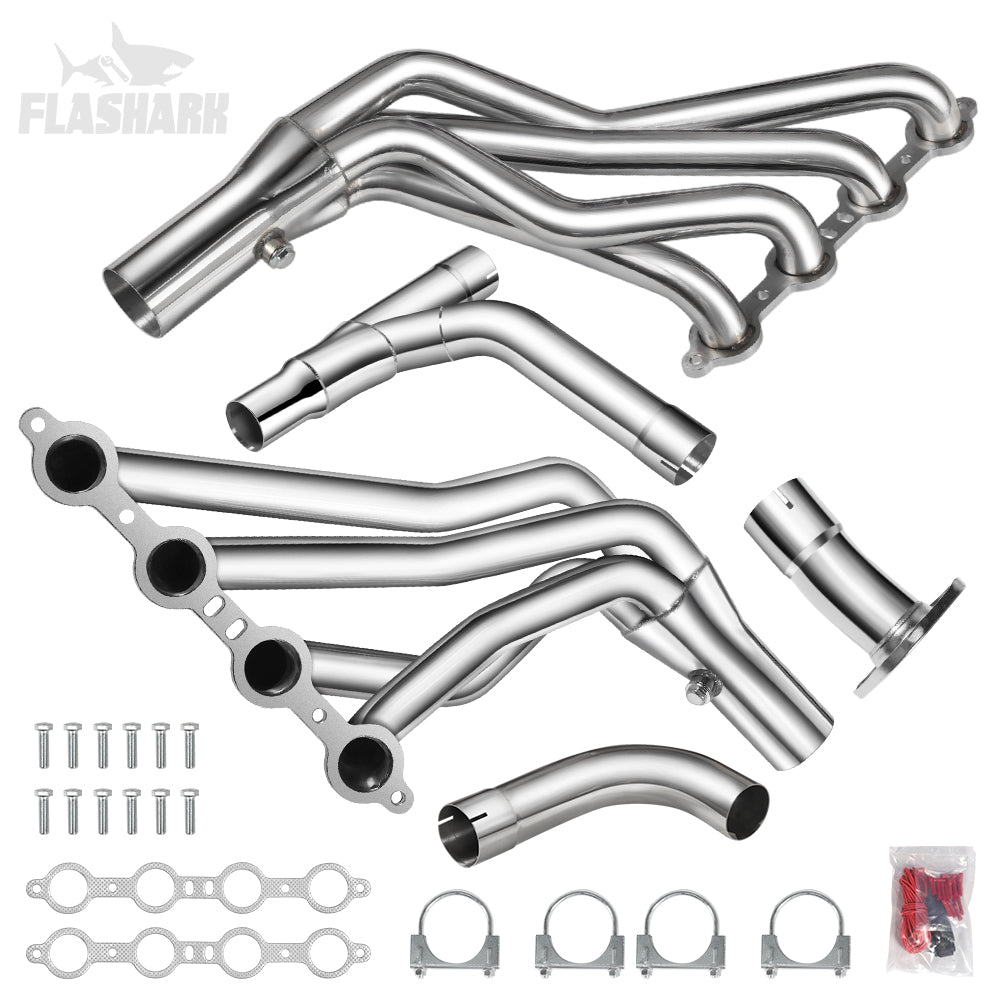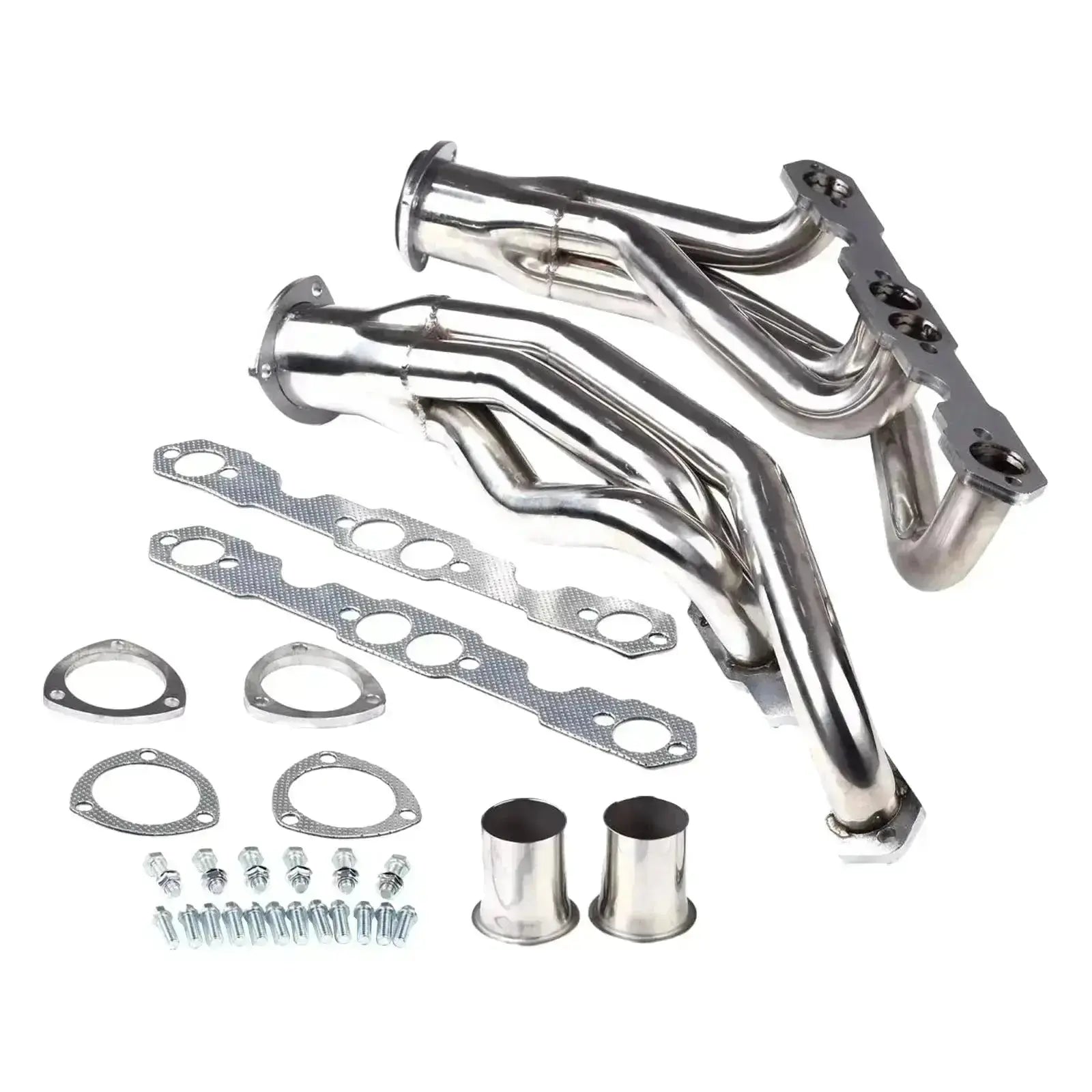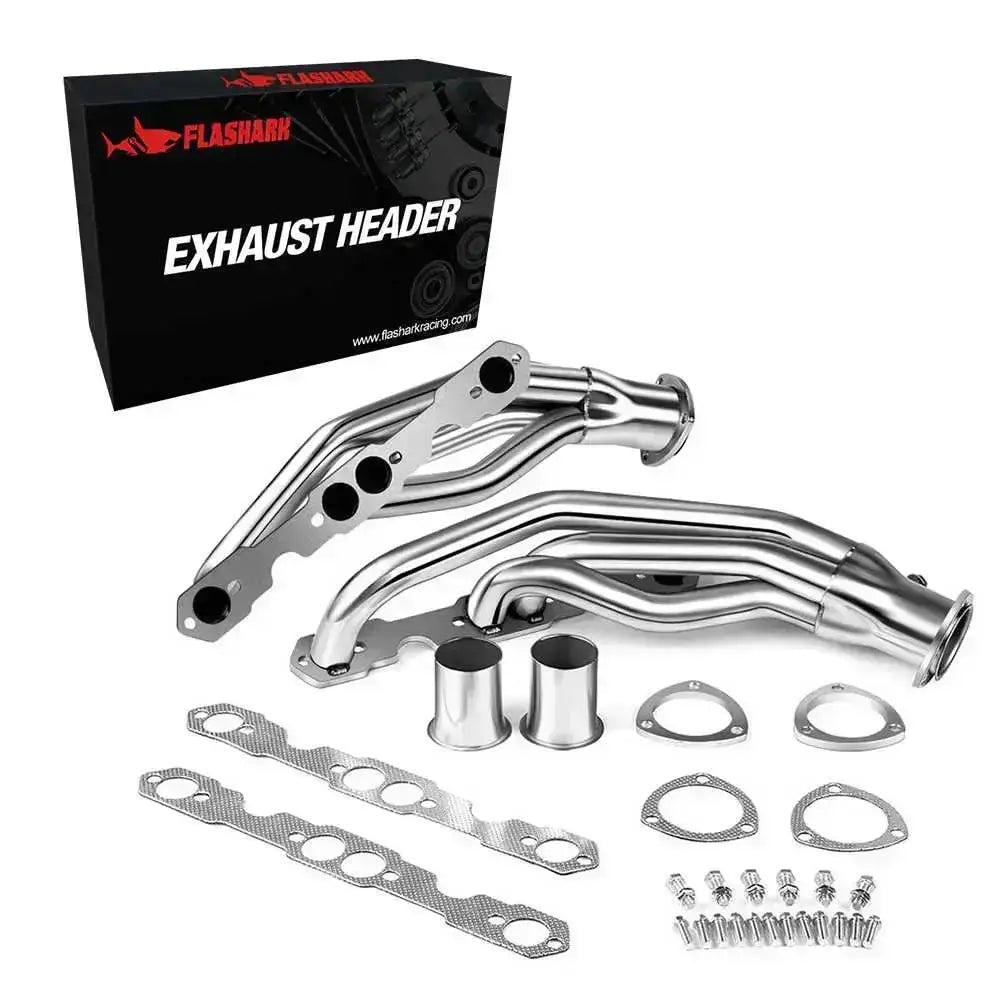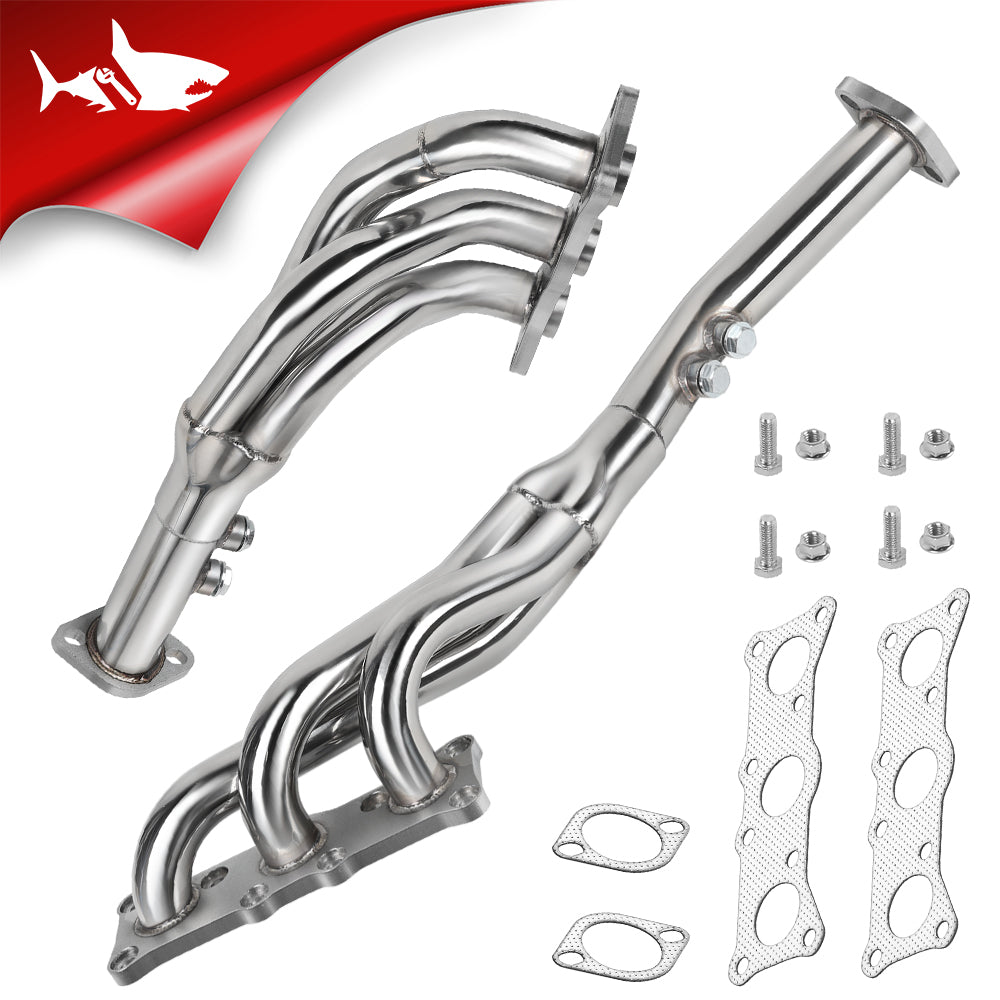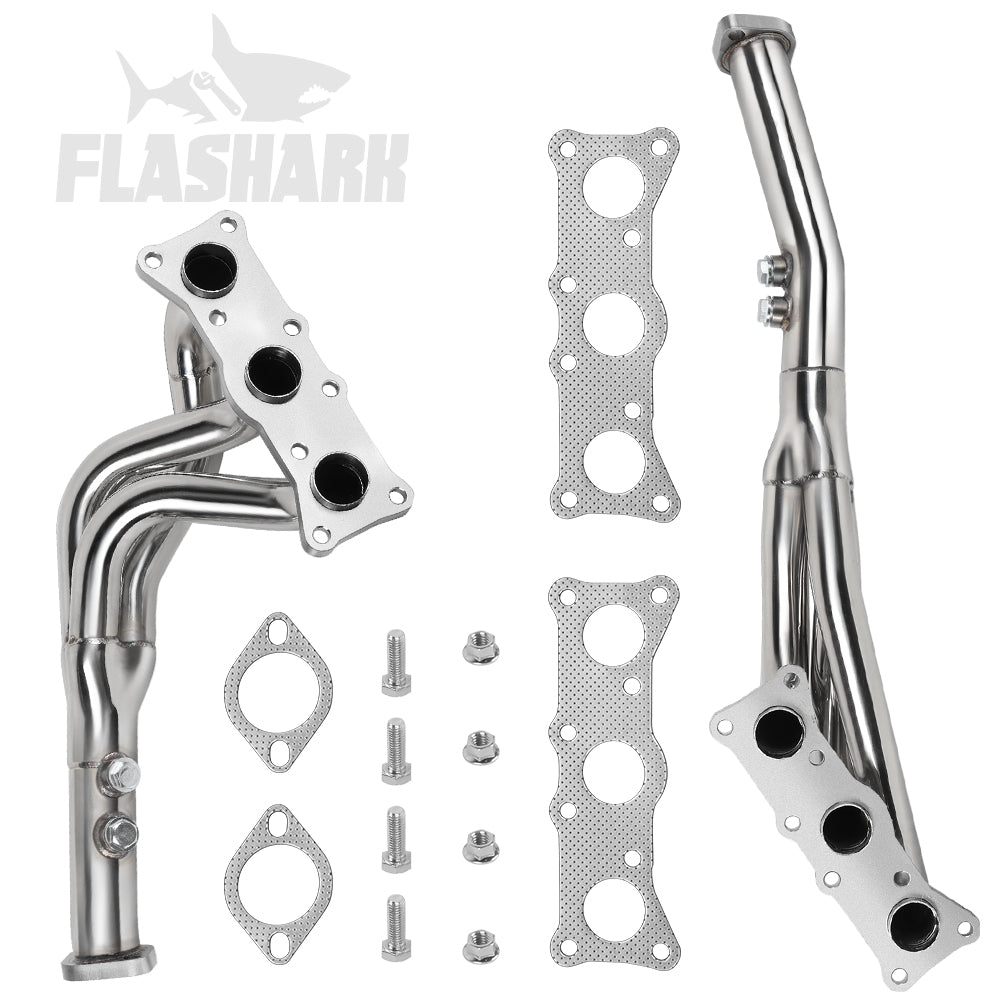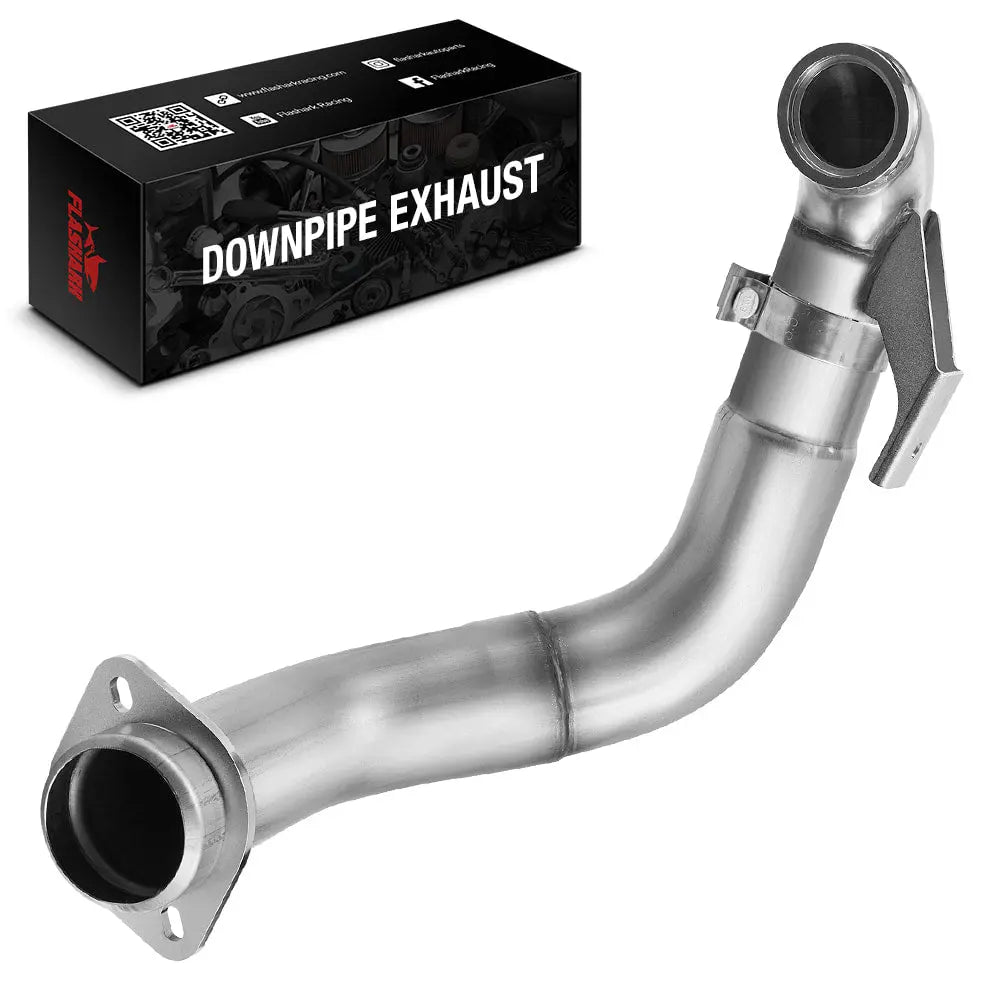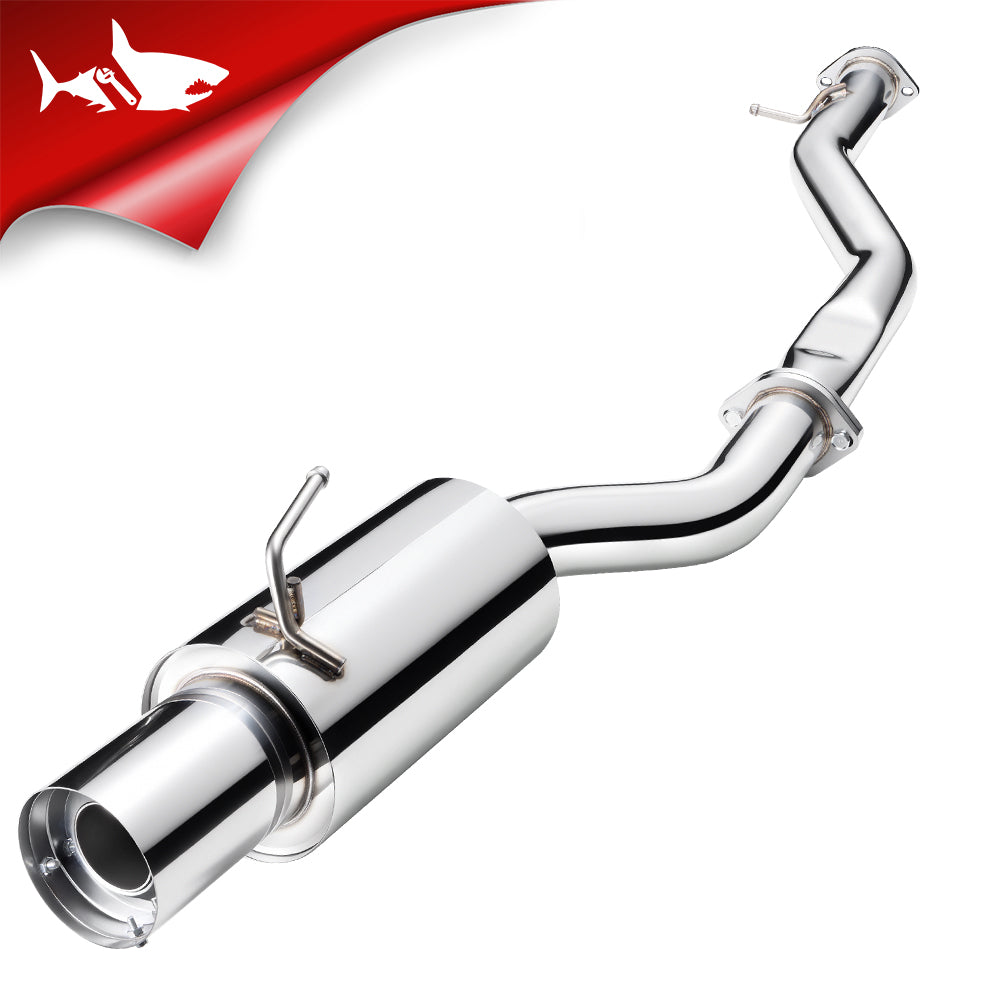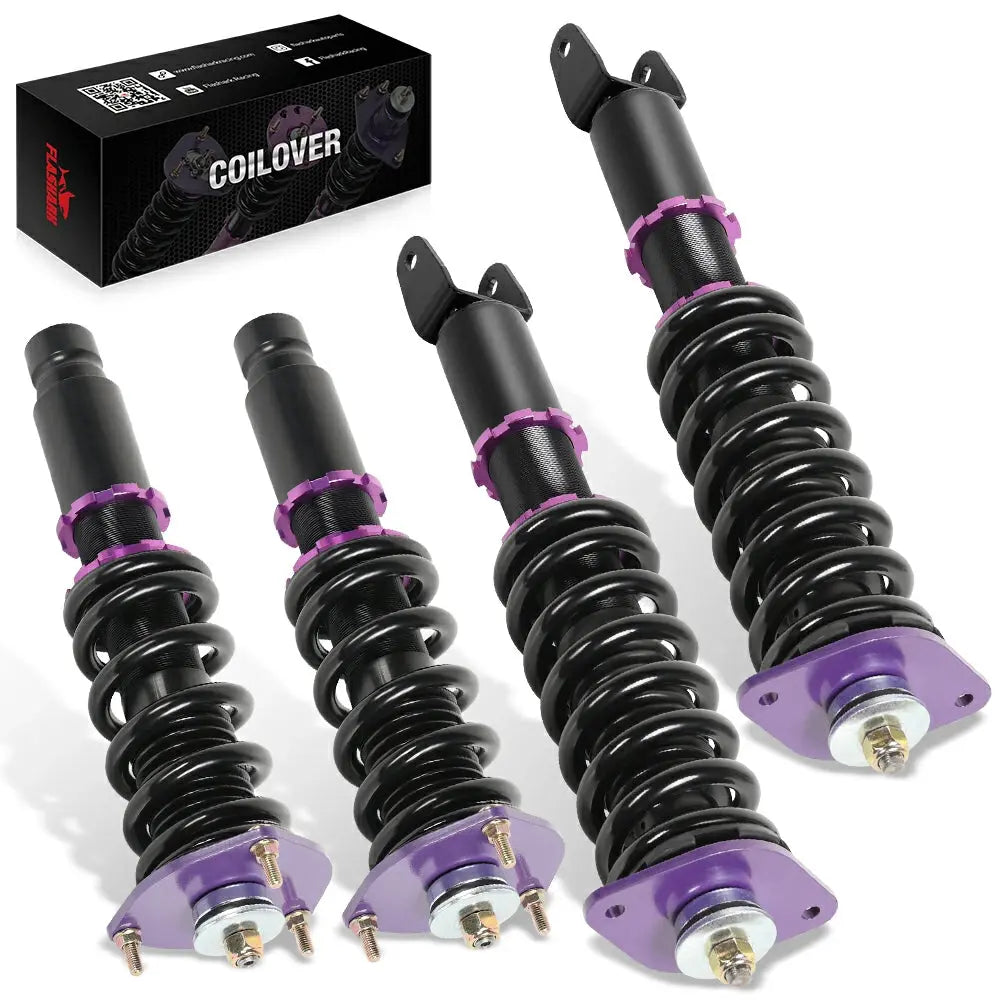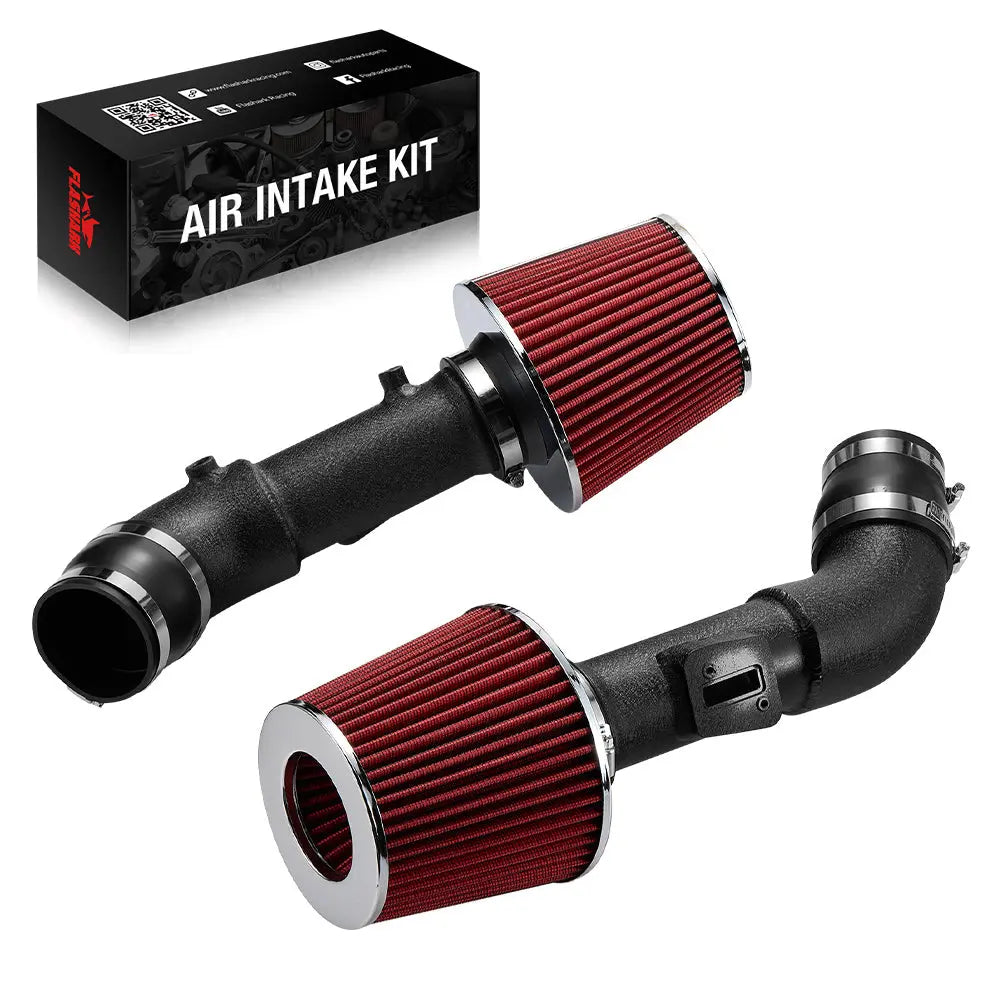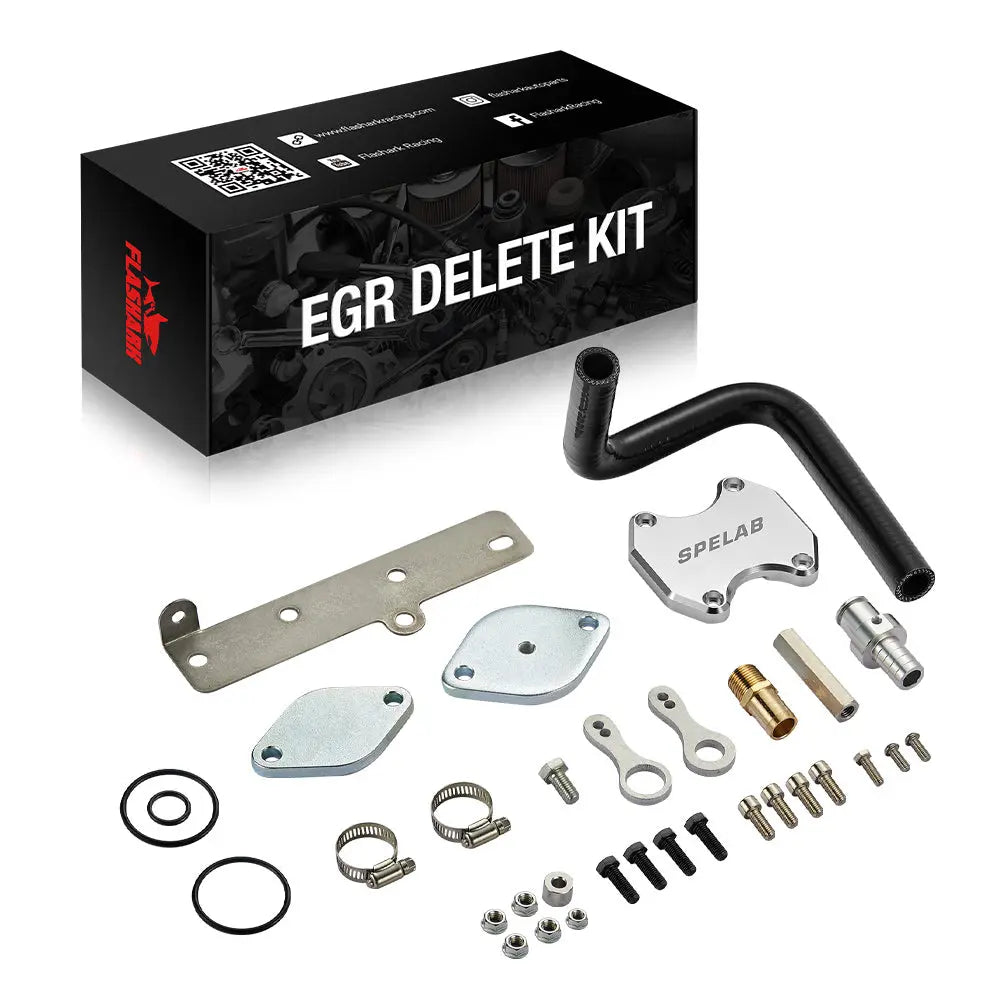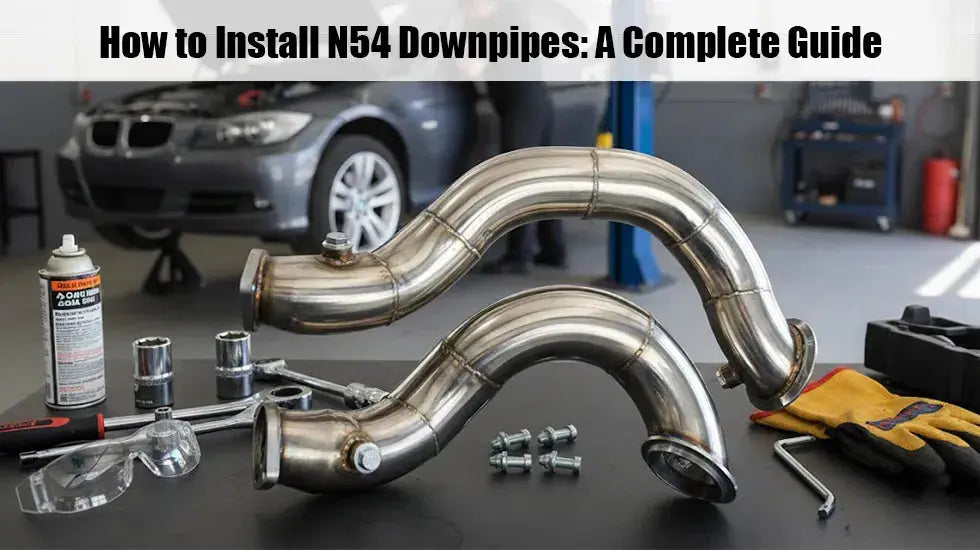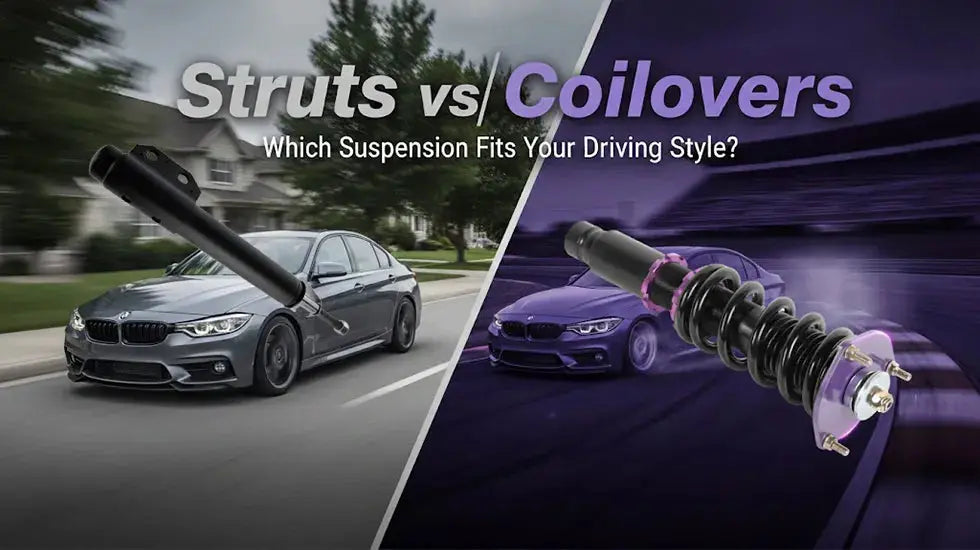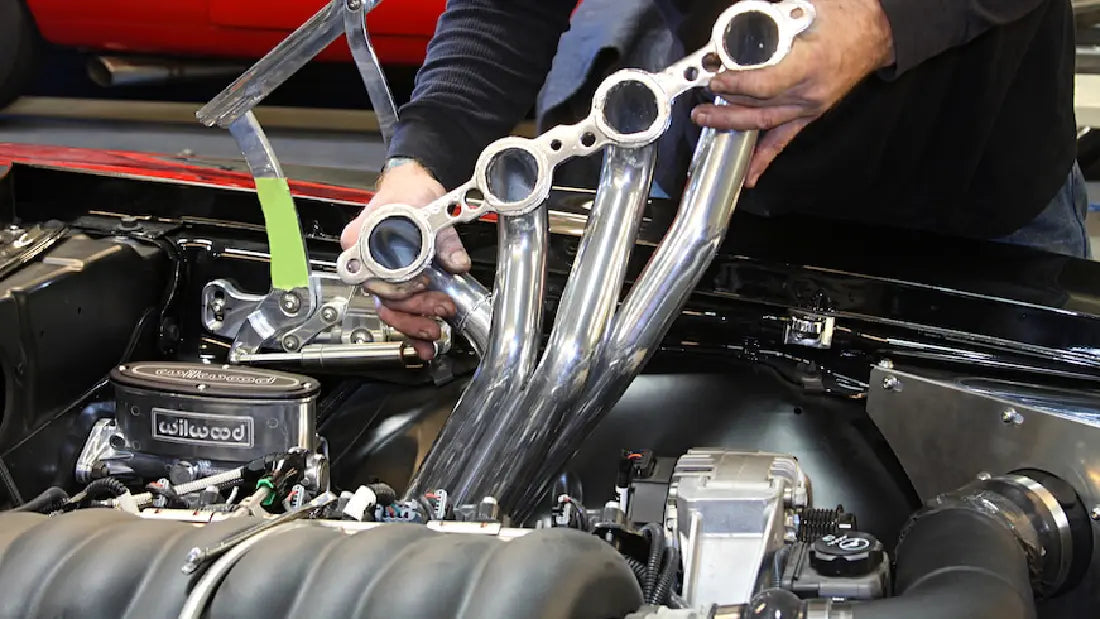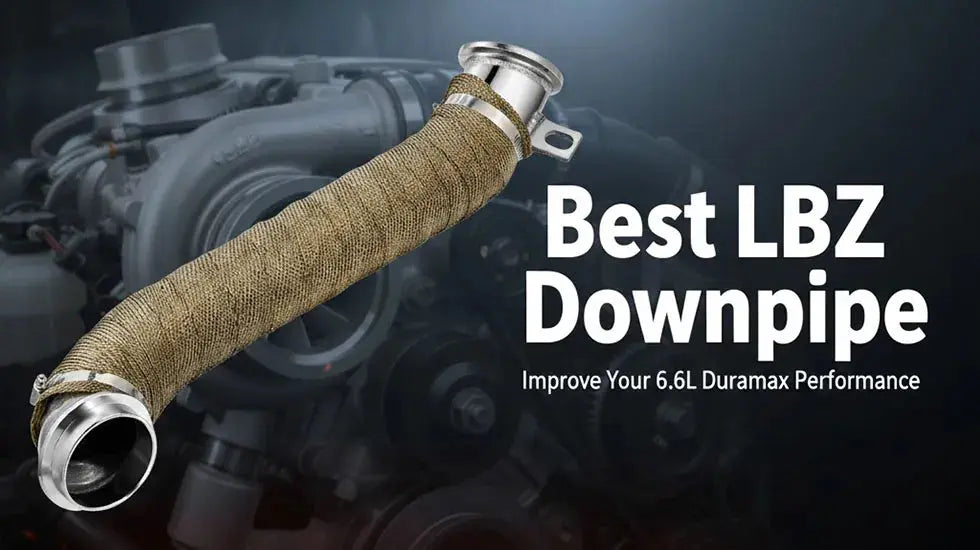Have you ever wondered what keeps your car smooth and stable on the road? That’s the magic of the car suspension system! At its core, the suspension system helps maintain the vehicle's contact with the road while providing comfort and safety during your drive.
What is the Car Suspension System?
The car suspension system is a complex network of components that connects the vehicle to its wheels. Its primary purpose is to absorb shocks from the road, maintain tire contact, and ensure a smooth and stable ride. By allowing the wheels to move independently over uneven surfaces, the suspension system enhances vehicle handling, safety, and overall driving comfort.
The Role of Car Suspension
Car suspension plays a crucial role in enhancing your ride comfort. It absorbs shocks from bumps and potholes, making your journey much smoother. Additionally, a well-functioning suspension system ensures vehicle stability, allowing for better handling and control. This system keeps all four tires in contact with the road, providing you with optimal traction, especially in tricky driving conditions.
Components of a Suspension System
Let’s delve into the key components that make up this essential system:

Springs
Springs are crucial for absorbing energy and maintaining comfort. They allow the car to bounce back smoothly after encountering bumps or potholes, ensuring that your ride remains pleasant and controlled. By storing energy during compression and releasing it as they expand, springs help provide a more stable driving experience.
Coilovers
Coilovers play an essential role in dampening the oscillations of the springs. They help prevent excessive bouncing and swaying, ensuring a stable ride even on uneven surfaces. By controlling the movement of the suspension, shock absorbers contribute to better handling and safety, giving you confidence behind the wheel. If you're looking to upgrade, check out our coilover shock absorbers and struts for Dodge Charger, Magnum, and Challenger.
Struts
Struts not only support the weight of the vehicle but also integrate the functions of both springs and shock absorbers into a single unit. This design helps save space and adds to the vehicle's structural integrity. Struts enhance handling by keeping the tires firmly planted on the road, providing a smooth and responsive driving experience.
Linkages
Linkages are the unsung heroes of the suspension system, connecting various parts and facilitating smooth movement. They allow the suspension components to work together effectively, ensuring that your vehicle can absorb shocks and adapt to road conditions. Good linkages contribute to overall vehicle stability and responsiveness.
Anti-Sway Bars
Anti-sway bars, or stabilizer bars, are designed to minimize body roll during sharp turns. By distributing weight evenly across the vehicle, they enhance stability and improve handling. This means you can navigate corners with confidence, knowing your car will remain balanced and secure.
Types of Car Suspension Systems
There are several types of suspension systems, each designed to meet specific needs:
Independent Suspension
Independent suspension systems allow each wheel to move independently, which greatly improves ride comfort and handling. This design is especially beneficial on uneven surfaces, as it enables the car to maintain better traction and stability. You’ll notice a smoother ride, with less impact felt from bumps in the road.
Dependent (Solid Axle) Suspension
Commonly found in trucks and larger vehicles, dependent suspension systems offer durability and robust load-carrying capacity. This type of suspension is great for towing and off-road driving, as it provides a strong connection between the wheels, enhancing stability even under heavy loads.
Leaf Spring Suspension
Leaf spring suspension is often used in older vehicles and trucks. This system utilizes multiple layers of springs to support the vehicle's weight, providing a strong foundation and excellent load-bearing capabilities. While it may not offer the same level of comfort as modern systems, it’s known for its durability and reliability.
Torsion Bar Suspension
The torsion bar suspension system uses a bar that twists to absorb shocks, making it a compact and efficient design. This type of suspension is commonly found in various vehicles, offering a balance of comfort and performance. It allows for a smooth ride while maintaining a lightweight structure.
Air Suspension
Air suspension systems use air-filled bags to provide adjustable ride height and improved comfort. This technology allows drivers to customize their ride quality, whether they need extra clearance for off-road driving or a lower stance for improved handling. The flexibility of air suspension enhances both comfort and performance, adapting to various driving conditions.
MacPherson Strut Suspension
The MacPherson strut suspension is a popular choice in modern vehicles due to its simplicity and effectiveness. It combines the functions of a spring and shock absorber into a single unit, maximizing space and improving handling. This type of suspension provides a smooth ride while maintaining responsive steering, making it ideal for everyday driving.
Multi-Link Suspension
Multi-link suspension systems utilize multiple arms to allow for complex movements of the wheels. This design provides excellent handling and comfort by allowing each wheel to react independently to road conditions. You’ll experience improved stability and better cornering performance with this sophisticated suspension type.
Double Wishbone Suspension
Double wishbone suspension is often found in sports cars and high-performance vehicles. This design offers exceptional control and stability by allowing for more precise wheel movement. The result is enhanced handling and cornering capabilities, giving drivers a thrilling and engaging driving experience.
Signs of Suspension Problems
How can you tell if your suspension system needs attention? Watch for these warning signs:
Unusual Noises
If you hear clunks, squeaks, or rattles when driving, it may indicate wear and tear in your suspension components. These sounds can be a sign that something isn’t functioning properly, so it’s wise to have it checked out.
Pulling or Drifting During Turns
If your car feels off-balance or tends to drift to one side during turns, it may be time for a suspension checkup. This can affect your control and safety, so addressing it promptly is crucial for a smooth driving experience.
Uneven Tire Wear
Keep an eye on your tires. If you notice uneven wear patterns, it could signal suspension issues that might affect their lifespan. Addressing suspension problems early can save you money on tire replacements down the line.
Rough Ride
If your car feels bumpy or unstable, even on smooth roads, something might be amiss with your suspension system. A rough ride can be uncomfortable and distracting, so it’s essential to investigate the cause.
Dipping or Nose Diving on Stops
Excessive leaning forward or backward when stopping can indicate worn shocks or struts. This can impact your braking performance and overall safety, so it’s important to get it checked out as soon as possible.
Maintenance and Care
Regular maintenance is key to keeping your suspension system in top shape. It's essential to have your suspension inspected periodically, especially if you notice any of the warning signs mentioned earlier. If you experience suspension issues, don’t hesitate to consult a professional mechanic—they can diagnose and address problems before they worsen.
Conclusion
In summary, the car suspension system is vital for your vehicle's performance and your comfort on the road. By understanding its components and recognizing signs of trouble, you can ensure a smoother and safer driving experience. Remember, when in doubt, always seek professional help to keep your ride in prime condition! And for those looking to upgrade, consider our coilover shock absorbers and struts for Nissan and Infiniti to enhance your vehicle’s performance.

